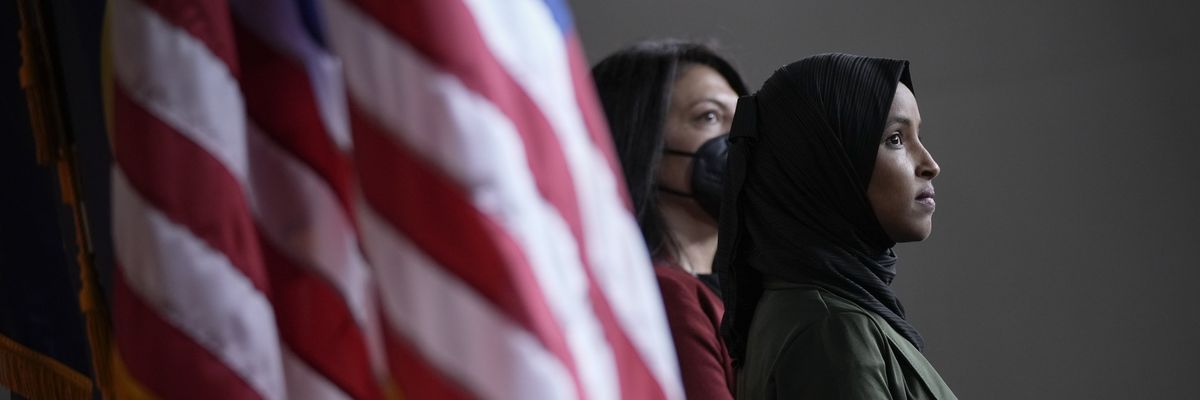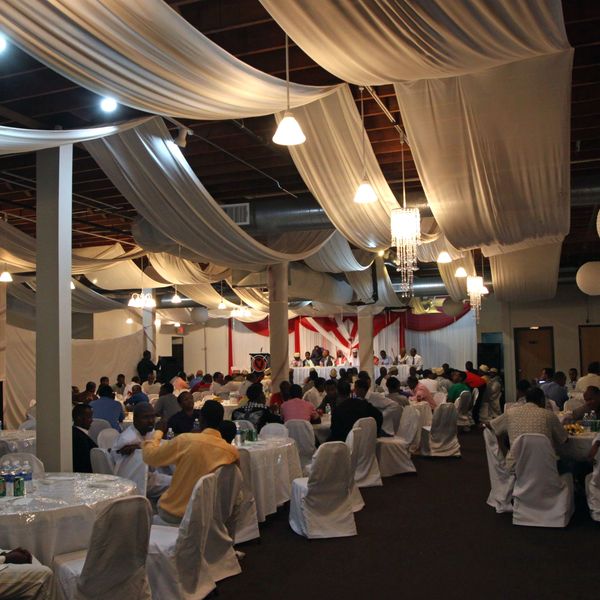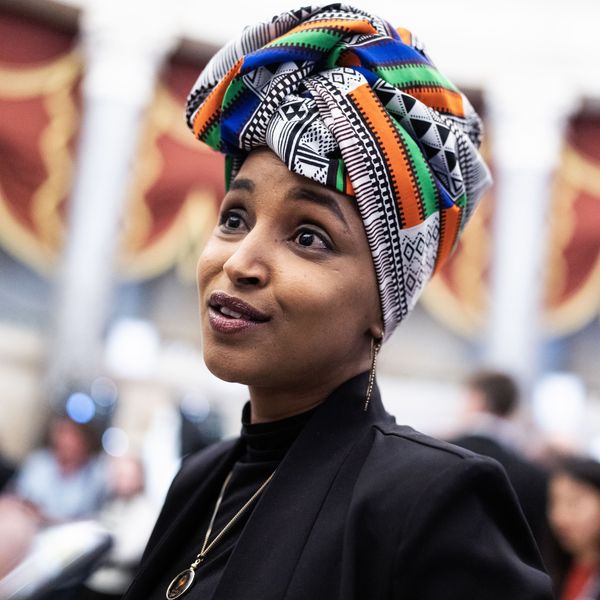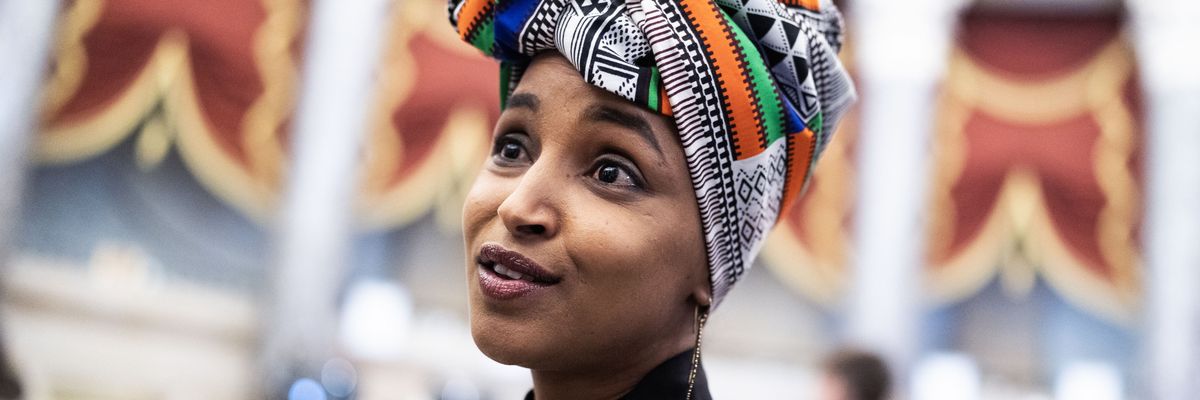This is the time when everyone has a choice to make – actually a series of choices all premised on a single decision. Every US adult will consider whether or not to resist fascism. Some of us may be in better position to act – those with vulnerable immigration status, or with connections to those labeled as state enemies may be at risk for Draconian retaliation, while many of us can engage in substantial resistance with little immediate likelihood of state retaliation.
Once the fight to bring an end to US fascism becomes a personal cause, the subsequent choice involves the means of resistance. Does one conceive of the current white supremacist, saber rattling, misogynistic, oligarchic-capitalist, genocidal regime as a mere blip in the electoral cycle to be parried with a few extra dollars to reelect Chuck Schumer, or does one see the present US predicament as requiring civil disobedience at a pitch never previously imagined? This ought to be a no brainer to anyone who accepts the label of fascism as the accurate way to understand Trump and his regime of billionaires, predators and stooges. Fascism, by definition, seeks to install ongoing repression, to mutilate government bureaucracies and replace officials with grotesque replicas in an act of unacknowledged parody. The sycophantic SCOTUS, the appointment of RFK Jr. as Secretary of Health, the deployment of Pete Hegseth atop the military and Kristi Noem as the head of Homeland Security all together reflect the aura of a screaming nightmare. The first step toward national redemption requires a cold hard gaze.
Perhaps another way to unpack the particular character of US fascism involves seeing it as a manifestation of collapsing empire – fascism has become the default for the longstanding practice of war and colonial extraction. As US global control slides into ruins before the more capable Chinese economic expansion and the BRICS Alliance, the corporate gaze turns inward with the aspiration to squeeze the wealth, once acquired abroad, from its own citizenry. Picture an ordinary person during a critical food shortage whose famished eyes alight upon its own cats and dogs. Our citizens have historically been blind to the corporate policies of war and extraction upon which our collective prosperity has been built, but now it is our medical insurance, our schools, our food, our rent being ransacked for profit. If the US supported fascist regimes abroad who engaged in cruel atrocities, now it comes home in the guise of border security or “replacement theory” rhetoric. We, the ordinary citizens of this terrible predatory empire have abruptly been transformed into the Vietnamese villagers of long ago. This is not indulgent metaphor – the troops march into our neighborhoods, and we have a brand new sense of identity – “the enemy within.”
The people of Vietnam unknowingly instructed future US generations about the tactics of resistance. US power proved a half century ago to be a mirage – the resolve and ferocity of a poor nation exposed the vulnerabilities of a corrupt empire. The lesson was reenacted in Iraq and Afghanistan and may ultimately be reshaped to include the collapse of Israel and Ukraine. The last battle to close down the US Empire will, if I am correct, be centered in New York, Chicago and LA. I am not yet fantasizing about armed guerrilla warfare in downtown DC – the sensible first step involves non-violent civil disobedience.
In previous pieces I have honed in on the organization named after its tactics – “The General Strike.” This group aspires to accumulate some eleven million workers to engage in work stoppages. The number, eleven-million, is not a random figure, but the quantity of opposition that conforms to the 3.5% rule. Social science researchers believe that massive resistance has a precise threshold to upend an oppressive regime.
There are enough different organizations opposed to the Trump regime to confuse many of us – we have “Indivisible,” “No Kings Day,” “Refuse Fascism,” “Democracy Forward,” and a number of other groups. For me, “Refuse Fascism” has the most concise and clear aspiration – the immediate removal of Donald Trump and his regime. Refuse Fascism ticks most boxes for me – the use of non-violent tactics, the aspiration to flood US streets with millions of protesters and the intention to bring together a diverse assortment of factions, all riveted on the single minded goal of getting rid of Trump and his fascist movement.
Perhaps it matters little which organizations provides the inspiration and organizational resolve to fill the streets with protestors, but The General Strike held a webinar last week that struck me as revealing unique and compelling characteristics. Noam Chomsky, in his short pamphlet on “The Occupy Movement,” quoted Howard Zinn’s call to focus “on the countless small actions of unknown people.” Of course, “Occupy” succeeded, albeit too briefly, to create a popular groundswell of passionate resistance with a young, anonymous base.
“The General Strike” webinar seemed to rather consciously court the same constituents as did “Occupy” – young, “unknown” people – but offers a more specific means of resistance. One webinar presenter, introduced simply as, “Ben,” gave a history of the general strike as a time honored tool of the US labor rights struggle. As an elderly, retired worker, I wondered what role I might have. Fortunately, the GS website specifically defines the purpose of retired workers as:
“During the strike, retirees can contribute by boycotting big corporations, providing mutual aid and financial support to striking workers, and doing everything possible to spread the word in the meantime.”
My own chosen role thus becomes – at least for now – “to spread the word.”
The idea that 11 million anonymous folks can bring down the monstrosity of US fascism – a cult of celebrity, of autocratic predators wielding vast sums of money – reprises the David and Goliath narrative. Across the left it has been (ironically) almost impossible to toss off the straight jacket of individualism, and its evil shadow – celebrity. Thus, ones thoughts of the US leftist movement, however vague and fractured it might be, automatically leads us to a hall of names – Bernie Sanders, Zohran Mamdani, AOC, Noem Chomsky, Ralph Nader, Michael Moore, etc. but “The General Strike” heroically refuses to either coopt or create celebrities. We will not be saved by famous heroes, they implicitly tell us. There are, astonishingly, no names promoted on “The General Strike” website. Their “leaders,” appearing on the webinar last Saturday, November, 22, go only by their first names. One of the founders, who hosted the event, identified herself only as “Eliza from upstate New York.” The General Strike Website provides even less detail:
“Two friends living in New York City made this website after Roe V. Wade was overturned in 2022, but the concept of a General Strike dates back centuries.
The General Strike is a decentralized network of people and organizations committed to striking once we reach 3.5% of the U.S. population, or 11 million people. We don’t have a traditional “leader” or hierarchical structure, and no one gets paid to do this work. Instead we have an ever shifting network of organizers, all building towards the General Strike in their own ways.”
I had written several months ago that I wished that this organization would embrace “direct democracy” as a stated goal, but upon my updated reflection, it appears that the revised website consciously strives to promote the egalitarian values that one associates with direct democracy – a system of government in which decisions are made by public referendum or by “citizen’s assemblies” made up of ordinary people chosen via “sortition.” Neither The General Strike website, or its affiliated Party for Socialism and Liberation (PSL) convey any explicit, unequivocal aspiration to employ direct democracy as the vehicle to manifest equalitarian, socialist governance, but the decision to imagine leaders as nameless, common people rather intuitively evokes that vibe for me. There is also this quote from the PSL website defining the nature of a new socialist government that aims to sever the themes of narcissism and self-promotion from the act of political administration:
- Elected officials of the new workers’ government will be paid an average worker’s salary and will receive no special privileges.
Direct Democracy, according to South African Marxist sociologist Michelle Williams, has become a new point of interest among Marxists, and I have written that worker run cooperatives, as proposed by Marxist economist, Richard Wolff, situates direct democracy within the structures of workplace decision making.
For the record, since my last piece on The General Strike, the organization has released a much more detailed set of demands:
“Specific demands will come from leaders and experts of existing fights for racial, economic, gender and environmental justice once we have reached 6M Strike Cards. Stay tuned for updates and submit your input below in the meantime. The broad list includes, but is not limited to:
 Affordable housing
Affordable housing
 Climate action
Climate action
 Constitutional convention
Constitutional convention
 Criminal justice reform
Criminal justice reform
 Disability rights
Disability rights
 End military aid for occupations and/or ethnic cleansing
End military aid for occupations and/or ethnic cleansing
 Gun safety
Gun safety
 Immigration reform
Immigration reform
 Indigenous rights
Indigenous rights
 Labor rights & living wages”
Labor rights & living wages”
 LGBTQIA+ rights
LGBTQIA+ rights
 Paid family & medical leave
Paid family & medical leave
 Racial justice
Racial justice
 Repeal Citizens United
Repeal Citizens United
 Repeal Right to Work laws
Repeal Right to Work laws
 Reproductive rights
Reproductive rights
 Student debt reform
Student debt reform
 Tax the rich
Tax the rich
 Universal healthcare
Universal healthcare
 Voting rights
Voting rights
 Welfare & child support reform
Welfare & child support reform
While some of these demands, such as “repeal citizens united,” and the rather vague, “Constitutional convention,” address the concept of a reimagined political system freed from the control of corporate money, almost all of the other demands focus on basic human rights. We have become so dehumanized that demands for universal health care, an end to military aid for occupation and ethnic cleansing and paid family and medical leave strike us as radical and utopian concepts.
Many of the speakers at The General Strike Webinar identified themselves as members of the above referenced PSL – one of several Marxist factions emerging as key organizational players in the fight against fascism. Like “Refuse Fascism” that gathers a number of diverse members and organizations under the leadership of the “Revolutionary Communist Party (RCP),” The General Strike features an unprecedented collection of perspectives and organizations willing to come together under the organizational leadership of those identifying as Marxists. Socialism has incrementally made its way, despite decades of media propaganda, into mainstream awareness. It is however, not enough to merely give Marxists a grudging seat at the table of public discourse. War, climate/environmental destruction, poverty and fascism have inevitable roots in capitalist greed. Who has more qualifications to lead the battle against fascism than socialist movements?
The General Strike lists a number of partners, including – SEIU 503 sub-local 581 representing Oregon teachers. Indivisible, the children’s rights organization, LATINX Parenting, the environmental group, Troublemakers, and the above mentioned, PSL. This eclectic gathering of organizations reflects the same diversity apparent in Refuse Fascism, a group under the leadership of Bob Avakian’s RCP, whose website now features photos of George Conway, Rachel Maddow, Alex Padilla and JB Pritzker – figures far removed from any association with Marxism. As I have stated already, there are no celebrities, no familiar photos, and no famous people promoted at The General Strike, a seemingly small point, but a very meaningful one for me. I imagined, as I signed my “strike card” for this organization, that my voice will be no less heard than anyone else’s.
Some people will obviously cringe at the thought of allying themselves with an organization in which Marxists have a prominent role. A lifetime of capitalist propaganda has left us broken and confused. However, for me, this is essential. If a movement becomes powerful enough to remove the fascist regime, what then? Do we return to neoliberal democracy and its environmental ruin? The climate/environmental apocalypse cannot, according to Degrowth advocate, Jason Hickel, be addressed under capitalism. The very second demand on The General Strike website is “Climate action.” The PSL website prioritizes ending all fossil fuel and nuclear energy. This is not naïve idealism, but a critical matter of survival.
The General Strike, for me, offers a vision for action – a strategy of civil disobedience as a necessary step to bring an end to US fascism. The General Strike also recognizes the priority of alliances between people with different political views. You don’t have to be a Marxist to engage in a general strike, but the reflexive US tendency to view Marxism through the lens of cold war ideology now becomes a dead weight impeding the task before us. Having explored both “Refuse Fascism” and “The General Strike,” I am impressed that both have embraced a philosophy of coalition building. I am uncertain if either or both factions have attempted to merge together in some way. If not, I hope that sectarianism can be set aside toward our nation’s most critical task.Email



 Reason.com5.2K
Reason.com5.2K






 Affordable housing
Affordable housing


